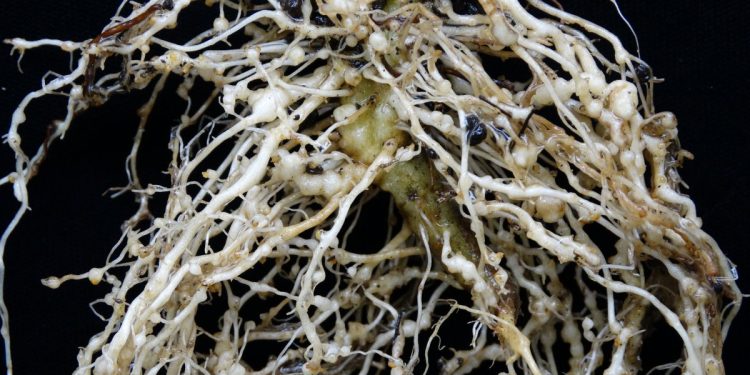Description: Potato Cyst Nematode is a serious pest that affects potato plants. This article provides an in-depth look at the nematode, its symptoms, and how to prevent and control it.
#PotatoCystNematode #PCN #PlantPest #CropProtection #Agriculture #Farmers
Potatoes are a staple food for millions of people around the world. They are versatile, easy to grow, and can be used in a variety of dishes. However, there is a serious pest that can cause significant damage to potato crops – the Potato Cyst Nematode (PCN). This microscopic worm-like organism can cause stunted growth, yield reduction, and even crop failure. In this article, we will take a closer look at the PCN, its symptoms, and how to prevent and control it.
What is Potato Cyst Nematode (PCN)?
Potato Cyst Nematode (PCN) is a parasitic worm that lives in the soil and feeds on potato roots. The nematode is very small, only a few millimeters long, and is barely visible to the naked eye. The PCN gets its name from the protective cyst it forms around its body during the second stage of its life cycle.
Symptoms of PCN Infestation
The symptoms of a PCN infestation can vary depending on the severity of the infestation. Some of the most common symptoms include:
- Stunted growth of potato plants
- Yellowing of leaves
- Reduced yields
- Poor-quality potatoes
- Wilting of plants
- Widespread dieback of foliage
Prevention of PCN Infestation
Prevention is the key to avoiding a PCN infestation. Here are some preventative measures that can be taken:
- Rotate crops
- Use certified seed potatoes
- Practice good sanitation
- Avoid introducing contaminated soil
- Plant resistant varieties
Control of PCN Infestation
If you suspect a PCN infestation, it’s important to act quickly to prevent the spread of the nematode. Here are some control measures that can be taken:
- Remove infected plants and destroy them
- Apply nematicides
- Solarize soil with clear plastic
- Practice crop rotation
In conclusion, the Potato Cyst Nematode can be a serious threat to potato crops, but with proper prevention and control measures, it can be managed effectively. By following good agricultural practices and taking early action against infestations, farmers can protect their crops and maintain their yields.








